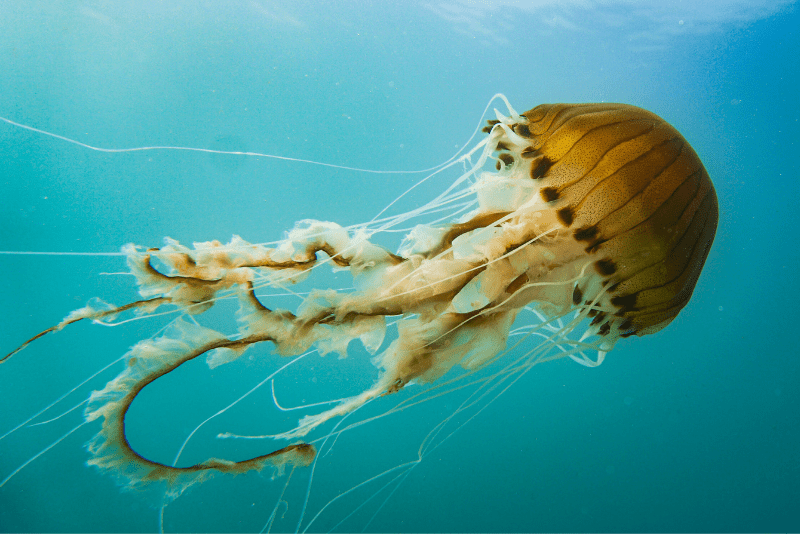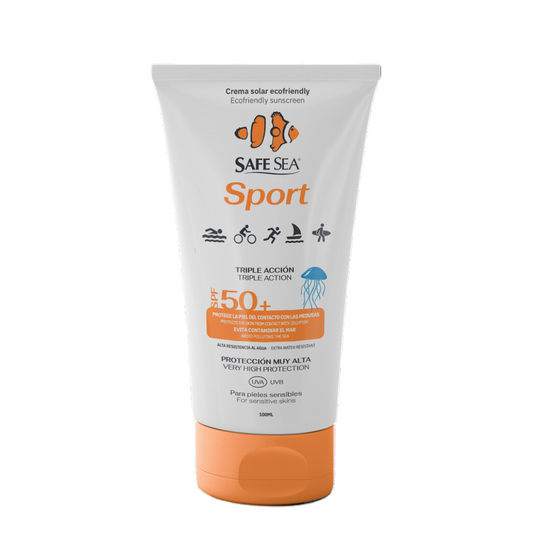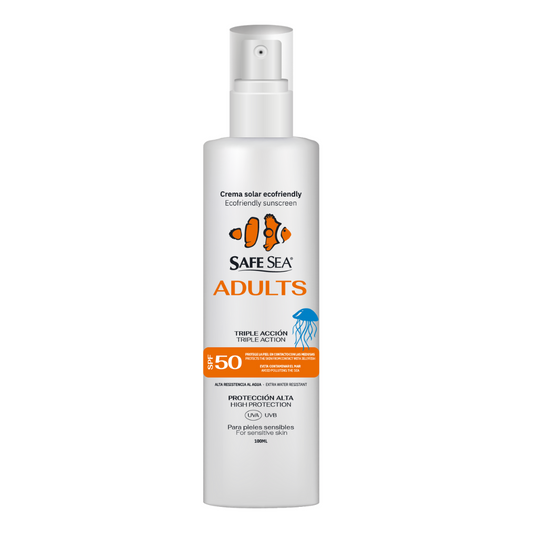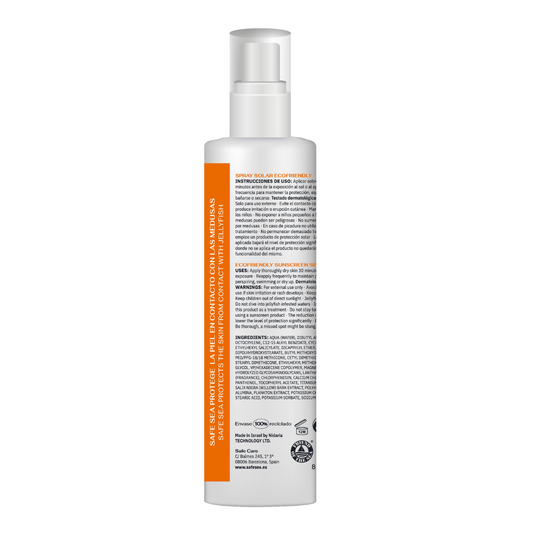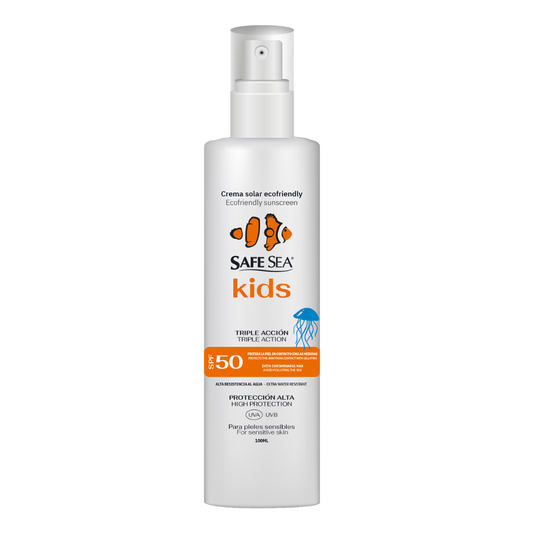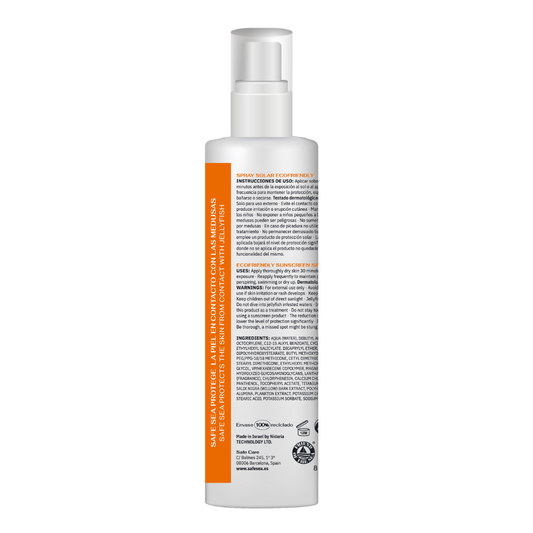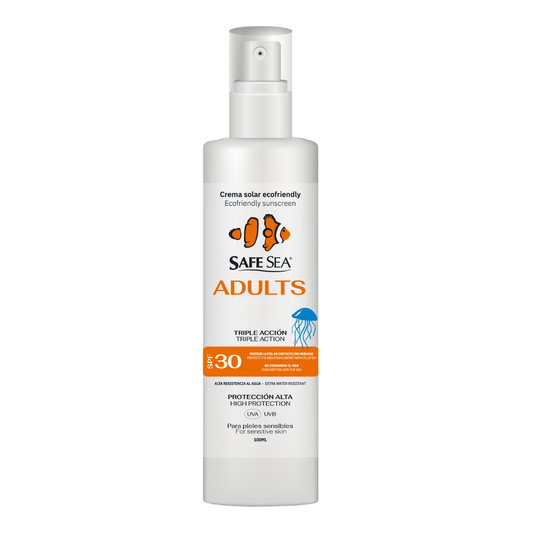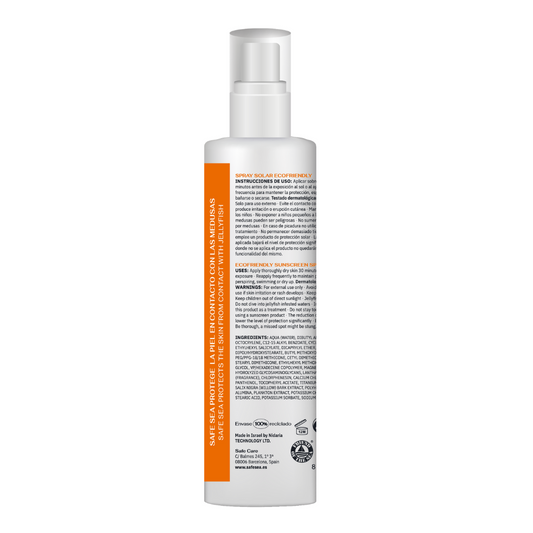What do jellyfish eat? What level do they occupy in the food chain?

Have you ever wondered what jellyfish eat? The diet of these little marine animals is quite varied. But we can say that they feed mainly on zooplankton (or animal plankton). This is the term we use to designate the set of living organisms belonging to the Animal Kingdom that float in the first 200 meters of depth of the open sea, almost nothing! Without forgetting those organisms belonging to freshwater lentic ecosystems (lakes, lagoons, etc.).
What do jellyfish eat?
As we mentioned at the beginning of the article, the jellyfish of the Mediterranean base their diet on animal plankton. However, in their "daily menu", they also include other foods. Small crustaceans, some small fish and/or other jellyfish species are also part of their diet. It is quite curious to see through the body of the jellyfish its last catch before being digested.
What is the marine food chain?
When we analyze the marine food chain we do so as a general food chain. We start with the primary consumers, also known as autotrophic organisms. They are those that are capable of producing their own food. Within this category we include plants such as algae and phytoplankton.
On the other hand, we have secondary organisms, also known as heterotrophs. These are animals that eat the primary producers, such as oysters, shrimp, clams, among others.
Finally, we have the tertiary consumers. They are also heterotrophic organisms and are in charge of eating those secondary organisms. Here we introduce dolphins or sharks, among others.
One link above are the predators. They are those animals that are at the top of the food chain. These animals have no natural predators and are sharks and dolphins, as well as other animals.
Finally, to close the cycle of the marine trophic chain we have the decomposer organisms. These are the organisms that are responsible for decomposing dead plants and organic matter from decaying animals. They can also feed on waste and release it back into the environment as energy and nutrients. Here we introduce crabs, worms, fungi and bacteria that are able to feed on the waste of other organisms.
What level does the jellyfish occupy in the food chain?
Aquaviva are at the third level of the marine trophic chain (heterotrophic organisms). They are predators, but at the same time, they are food for other aquatic animals. Such as anemones, penguins, giant turtles, tuna, sharks or swordfish.
Thus, we can say that aquamalas are carnivorous. Their organism is adapted -through their tentacles- to capture prey, consume them and digest them slowly. Interestingly, our gelatinous "friends" have the ability to increase their size rapidly when food is abundant. Conversely, if food is scarce, they can shrink again.

Why can sea turtles eat jellyfish without being stung?
Now that you know what jellyfish eat, we are going to explain why sea turtles can eat them without harm: curious, isn't it? Jellyfish are a tasty and nutritious food for sea turtles, because they have scales that protect them from their venom.
Sea turtles have specialized adaptations in their mouths that effortlessly protect them from jellyfish venom: they are called papillae, small spiny growths that project inward toward the animal's throat and extend from the esophagus to the stomach. Sea turtle papillae are made of keratin, which is exactly the same protein found in human nails and hair. -They help move food down the turtle's throat and basically provide armor against jelly bites and excess salt water.
Most species of sea turtles, such as the leatherback turtle - the largest of which can weigh up to 900 kg - have developed two pointed cusps on their bodies. Beak-like mouths, one on the upper jaw and the other on the lower jaw, are so sharp that they easily pierce the body of a jellyfish or any other soft-bodied organism.
Did you know that you can avoid jellyfish stings?
"Prevention is better than cure", reminds the wise Spanish proverb Did you know that our sunscreens also act as a jellyfish cream? They protect the skin in contact with jellyfish and prevent their sting.
Pain. Intense itching. redness swelling erythema Ulceration. Necrosis. These are some of the symptoms you can avoid. If you have been stung by a jellyfish and do not want to live that experience again, we encourage you to take a look at our products for babies, children, adults and athletes.
If you found our post about what jellyfish eat useful, don't forget to share it with your friends and family.

